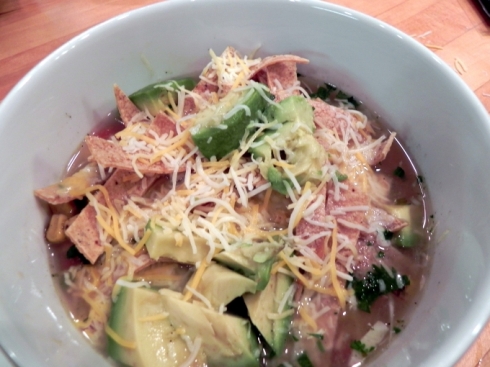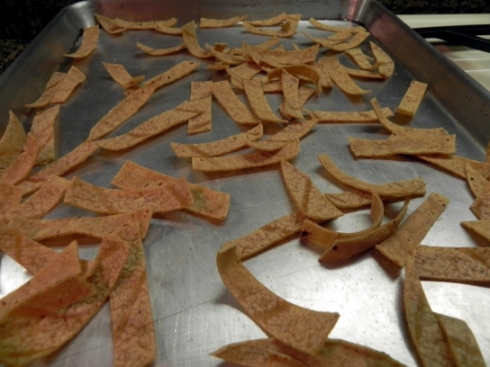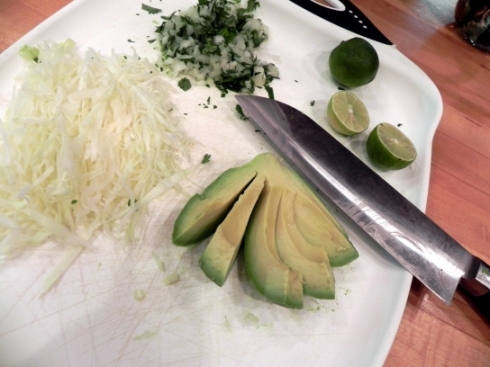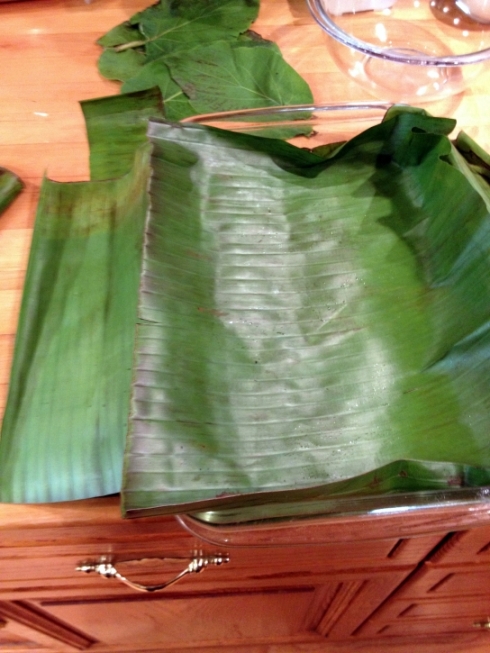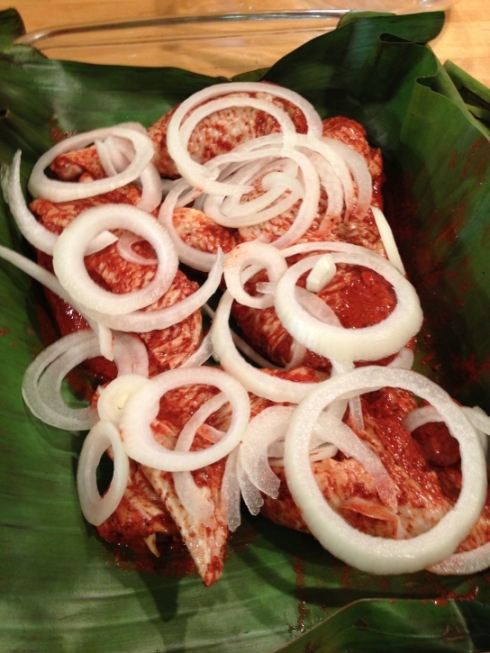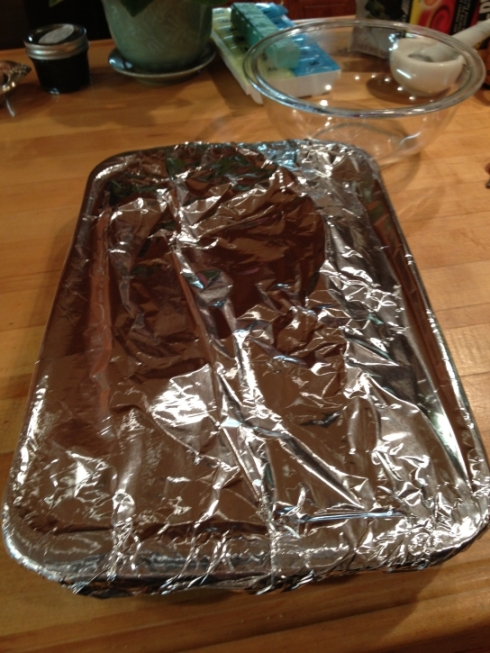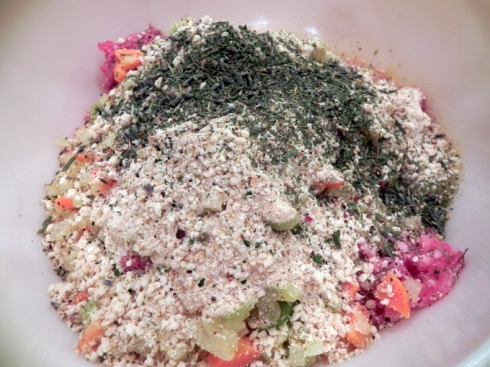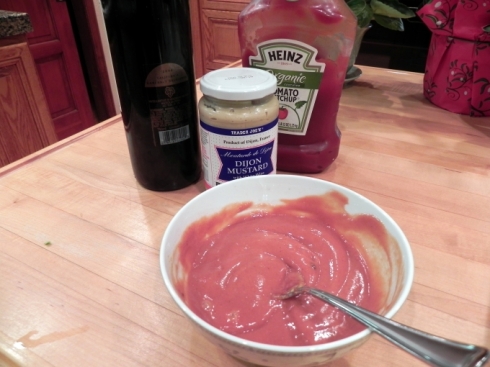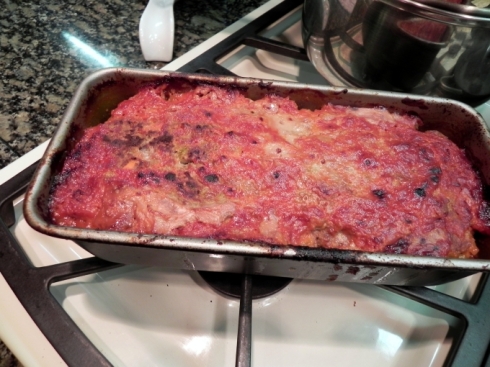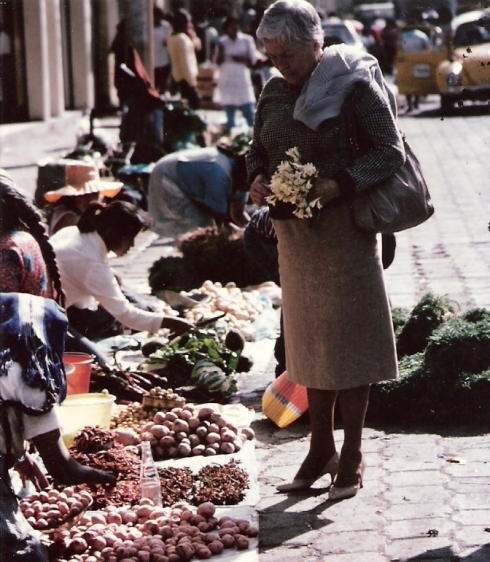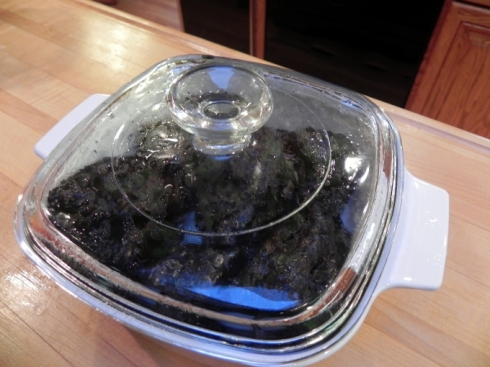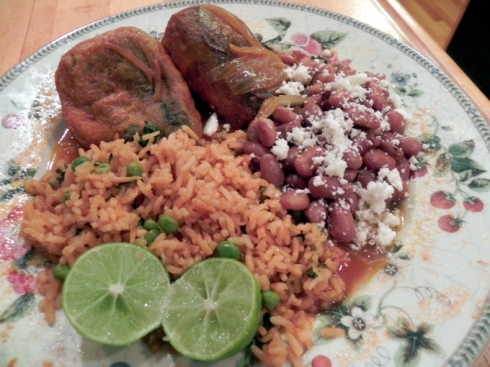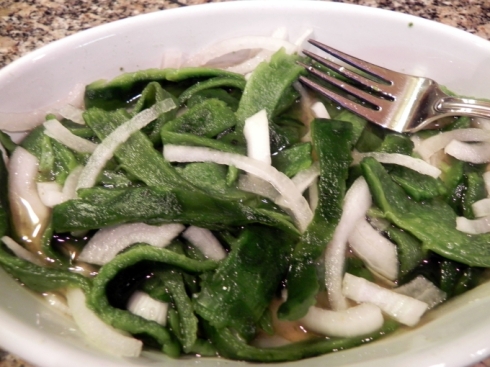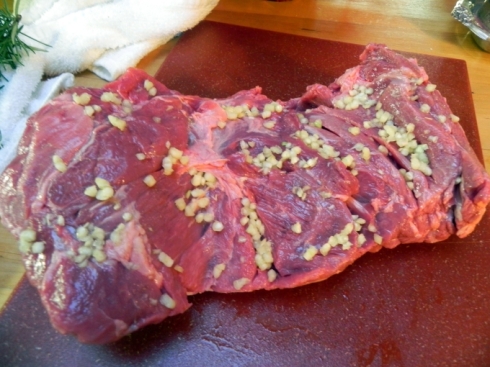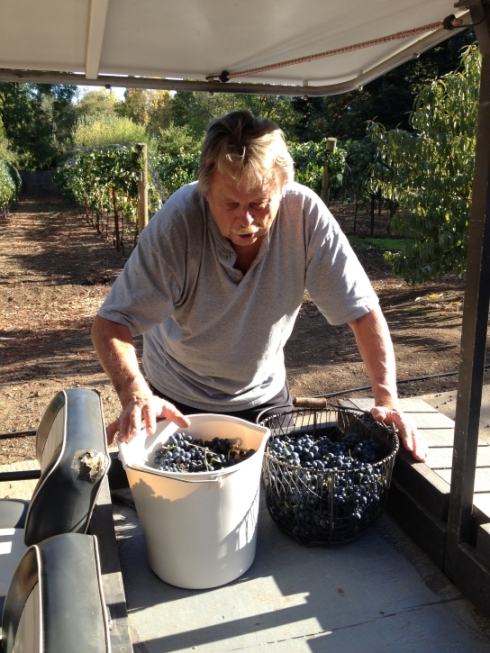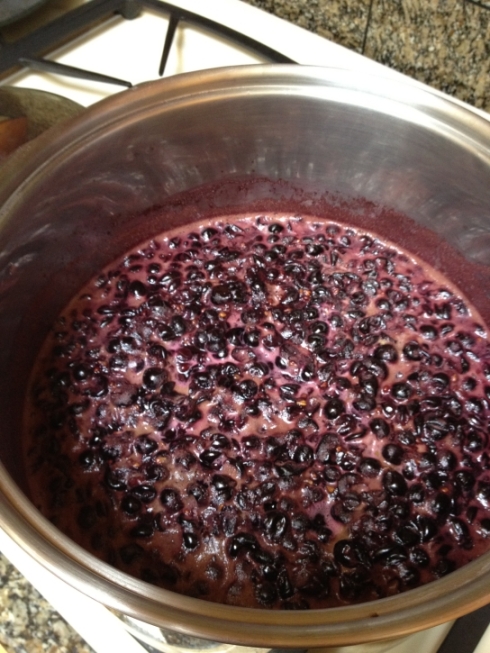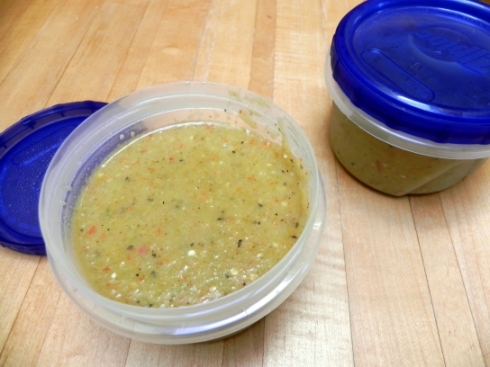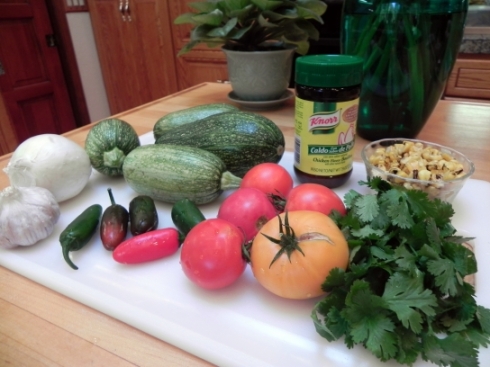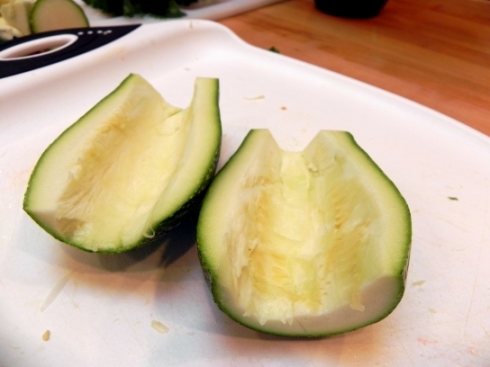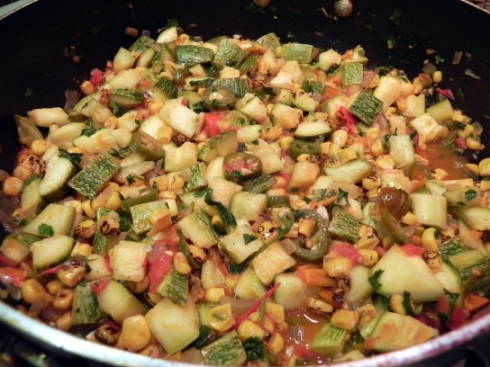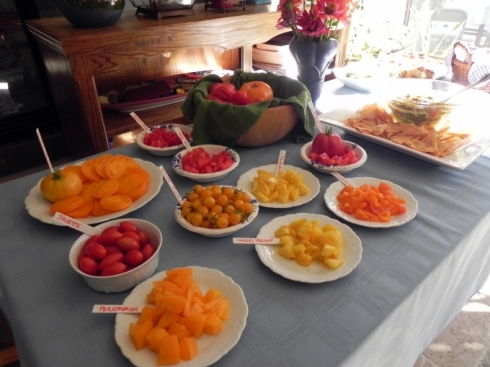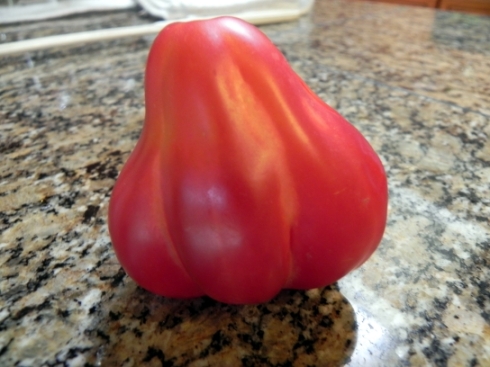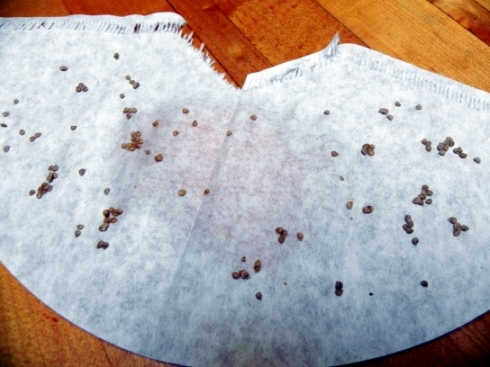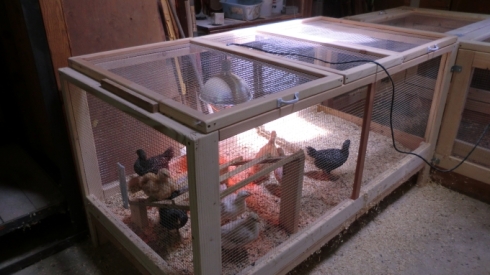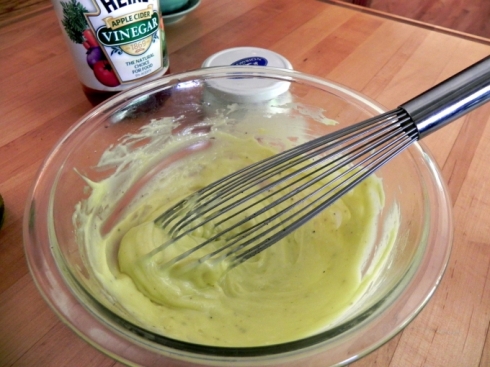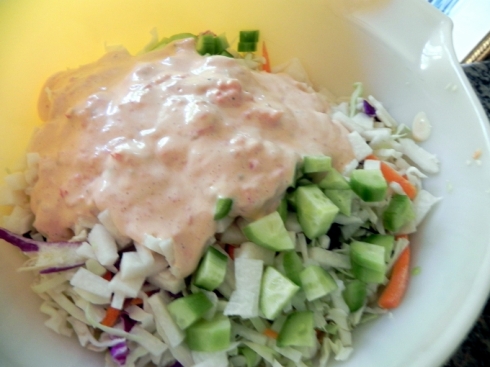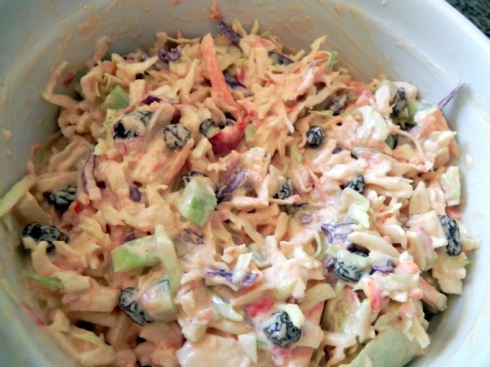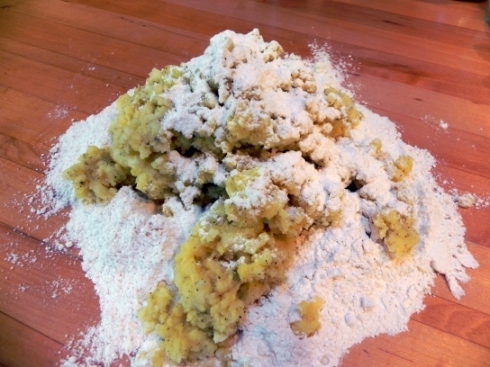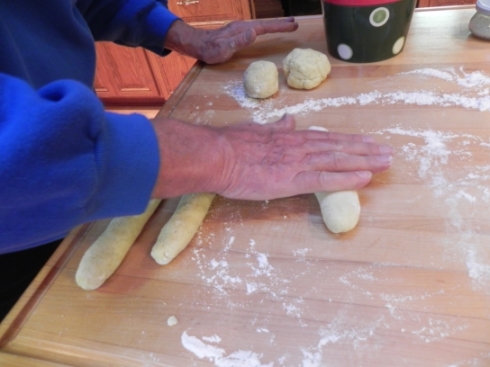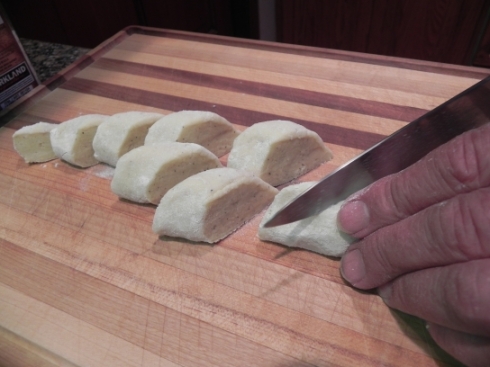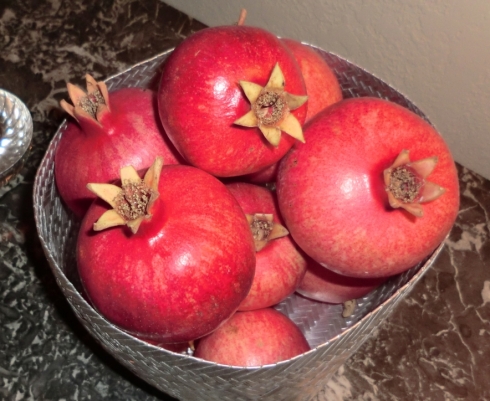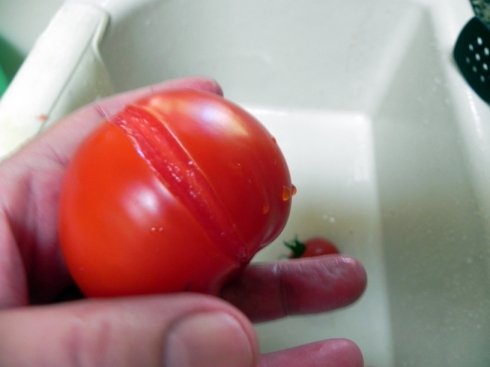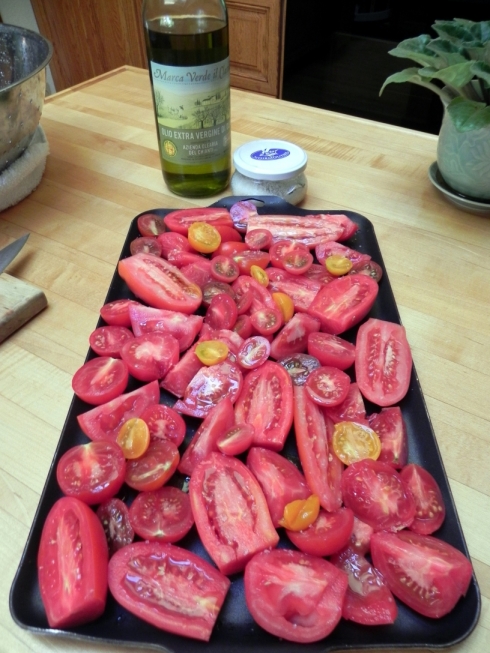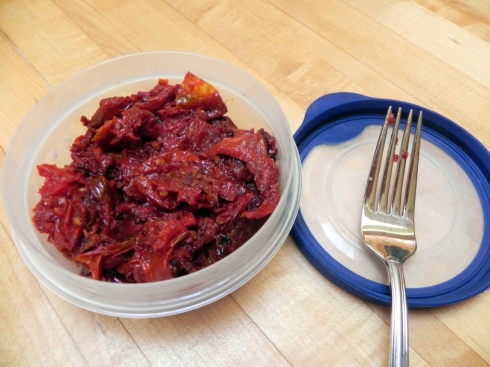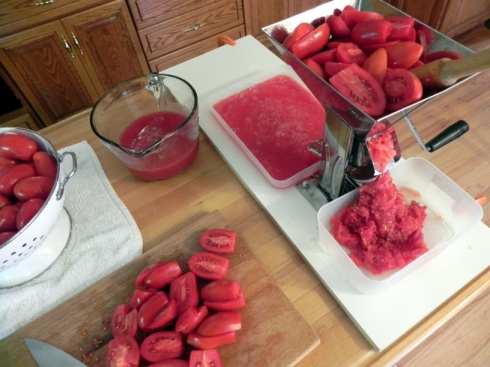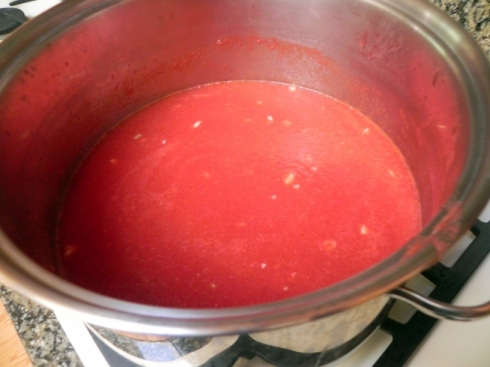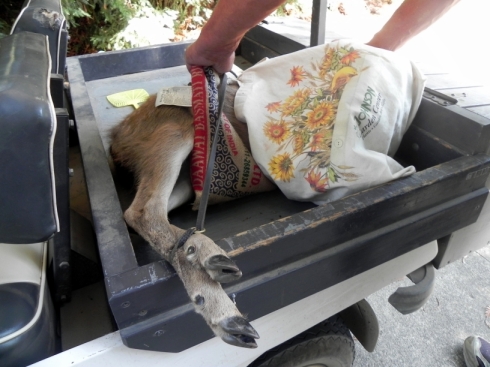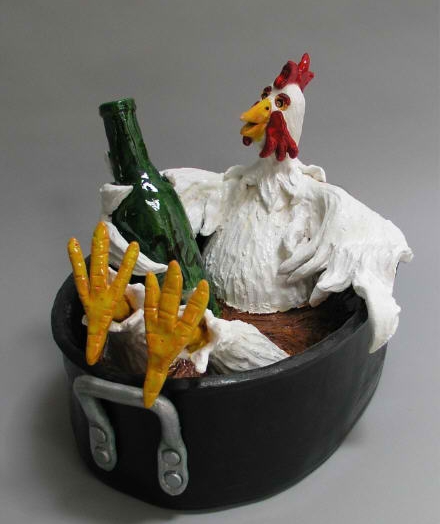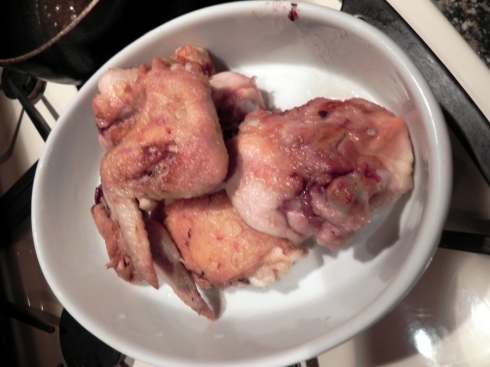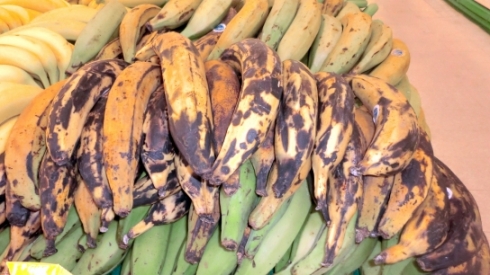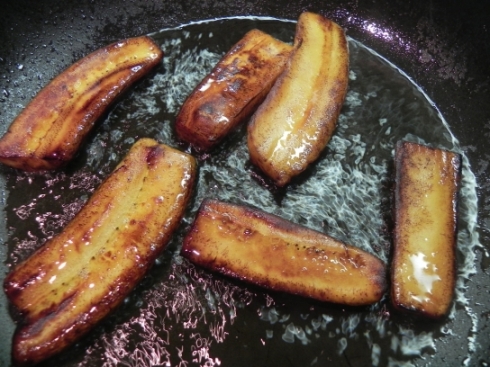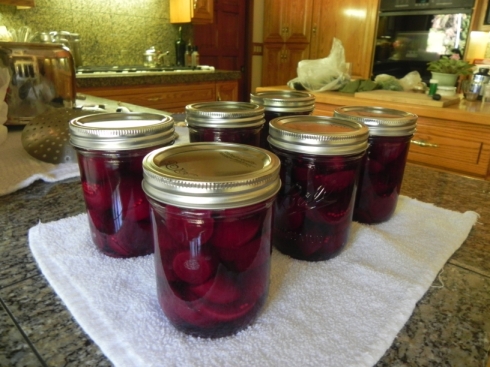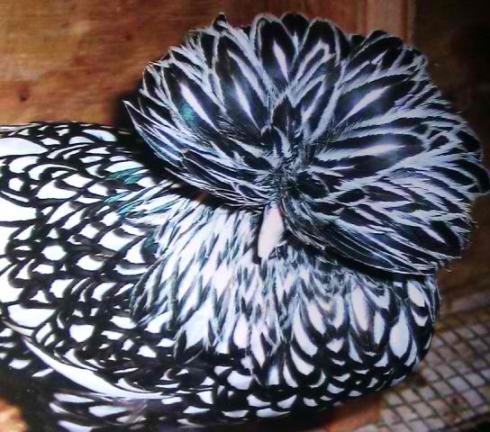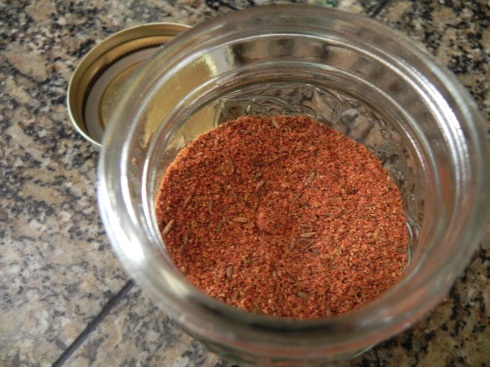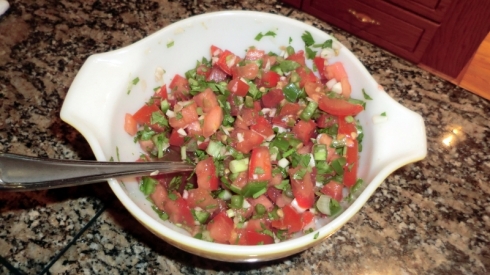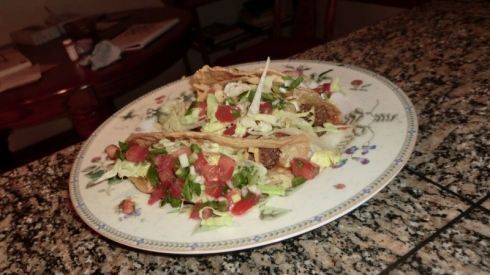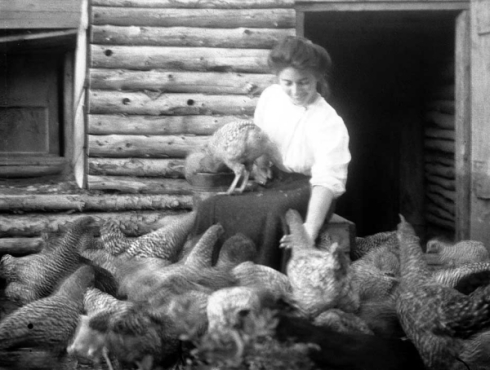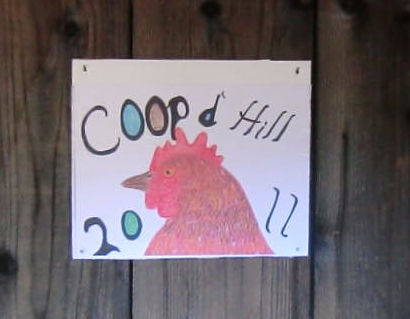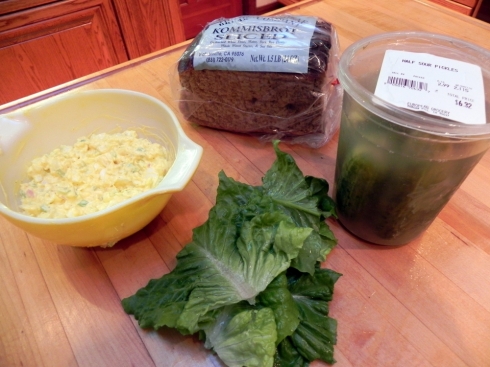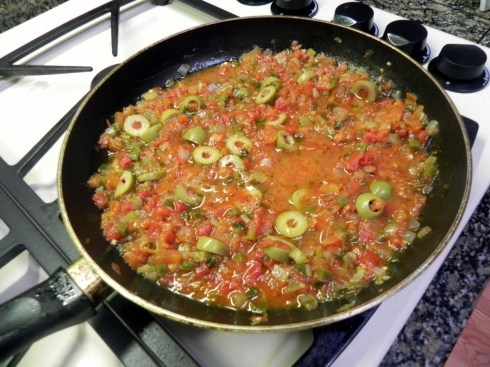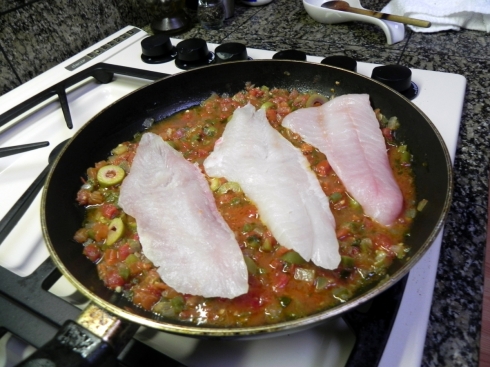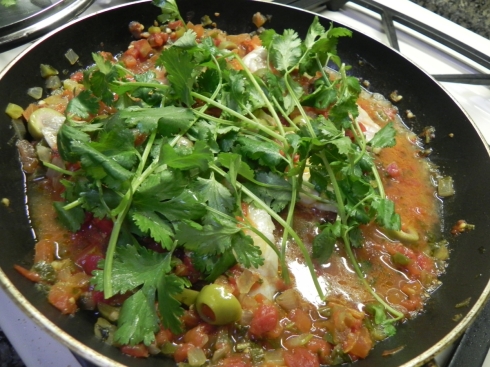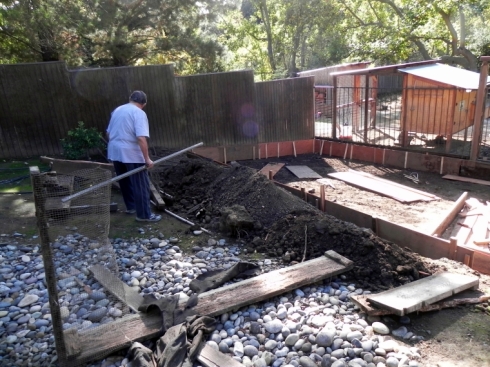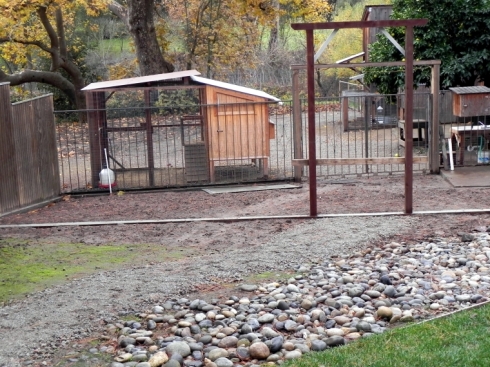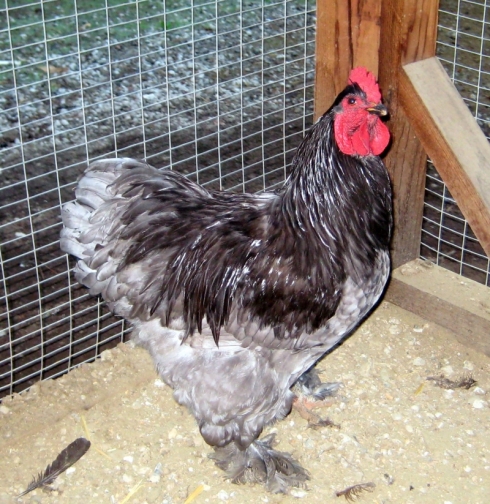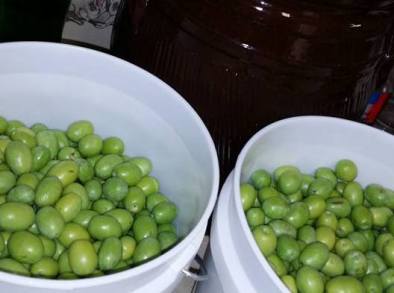
My friend Denise introduced me to these scrumptious no-bake, three layer cookie bars many years ago. My kids loved them and I’ve made them every year hence at Christmas. They start with a graham cracker crumb, cocoa, coconut, and chopped nut base, followed by a layer of custardy butter cream, and are then topped with a shimmering layer of semi-sweet chocolate.
Nanaimo Bars are one of Canada’s favorite confections, named after the city of Nanaimo, British Columbia. It all began when Mabel Jenkins, a Nanaimo housewife entered the recipe in a magazine contest in the 1950’s. She won the contest with these tasty treats and made her hometown famous for them.
This year, after being diagnosed with Celiac Disease, I needed to adapt the recipe to be gluten-free (GF). No problem! In fact, this development made me even more creative in the kitchen. For the first batch I used GF graham crackers and really didn’t change the recipe. But while I was shopping at People and Planet yesterday I picked up some GF chocolate crisp cookies, which the shop owner told me his GF clients love for making alternative chocolate cookie-based pie crusts.
Since the crumb crust was already going to be mighty chocolatey, I decided to add instant espresso to the first layer for a mocha twist. I also thought about my granddaughter, Lila Blue, and our shared love of French sea salt with chocolate. So, here’s the recipe for my latest version of Nanaimo Bars.

FIRST LAYER
1/2 cup unsalted butter
1/4 cup sugar
2 TBSP dark cocoa powder. (For the original recipe use 5 TBSP cocoa and omit the instant espresso)
3 TBSP instant espresso
1 egg, beaten
1 3/4 cups GF chocolate crisp crumbs (place in large zip lock bag and crush with rolling pin). For the original recipe use graham cracker crumbs
1 cup shredded or flaked coconut; sweetened
1/2 cup dry roasted almonds; finely chopped. You can also use chopped walnuts or pecans.
Place butter, sugar, instant espresso and cocoa powder in double boiler over barely simmering water. Stir occasionally until melted. Slowly add beaten egg and stir to cook and thicken. Remove from heat and add to crumbs, coconut and chopped almonds. Press firmly into ungreased 8″ square pan. Chill for 1 hour.

SECOND LAYER
1/2 cup unsalted butter at room temperature
3 TBSP heavy whipping ream
2 TBSP vanilla instant pudding or Bird’s custard powder
2 cups powdered sugar
Cream together butter, cream and custard powder in mixing bowl, and gradually beat in powdered sugar until light and fluffy. Spread over first layer. Chill for 1 hour.
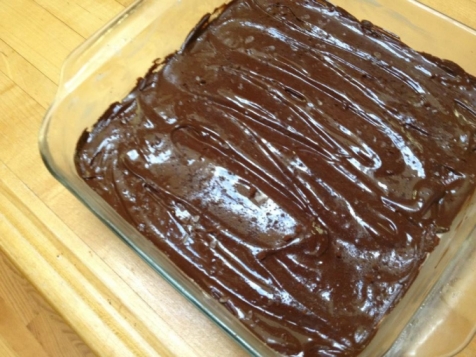
ICING
4 oz bakers chocolate; semisweet (4 sq)
2 TBSP unsalted butter
Sprinkles of coarse sea salt
Melt chocolate and butter in top of double boiler over barely simmering water. Stir to combine. Cool to room temperature and spread evenly over second layer with spatula. Sprinkle with coarse sea salt.
Store in fridge until chocolate topping begins to harden. Score topping into 16 small bars (bites). Cut before totally solid, use a hot knife, wiping clean between cuts. Store in fridge or freeze for up to 2 months.
This recipe is quite adaptable. If you love peanut butter you can use that in the buttercream, or mint chocolate lovers can add a few drops of peppermint extract to the filling. Here are a few options I found and intend to experiment with. You may have to adjust the powdered sugar to reach the right consistency when using liqueur.

PEANUT BUTTER FILLING– 2 TBSP softened unsalted butter, 3 TBSP whipping cream, 2 Tbsp custard powder or vanilla instant pudding, 1/2 cup smooth peanut butter at room temperature, 2 cups powdered sugar.
MINT FILLING — 1/2 cup butter, 3 TBSP whipping cream, 2 Tbsp custard powder or instant vanilla pudding, 2 cups powdered sugar, 1/2 teaspoon peppermint flavoring, 1-2 drops green food coloring as desired.
GRAND MARNIER FILLING — 1/3 cup softened unsalted butter, 3 TBSP custard powder or vanilla instant pudding, 1/4 cup Grand Marnier or orange liqueur, 1 TBSP orange rind, coarsely grated, 2-3 cups powdered sugar.
BAILEY’S IRISH CREAM FILLING — 1/3 cup softened unsalted butter, 3 TBSP custard powder or vanilla instant pudding, 1/4 cup Bailey’s Irish Cream, 2-3 cups powdered sugar.
CHERRY FILLING — 1/4 cup butter; softened, 3 TBSP custard powerder or vanilla instant pudding, 1 tablespoon Maraschino cherry juice, 2 cups powdered sugar, 1/3 cup chopped Maraschino cherries, 1-2 drops of red food coloring.





